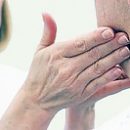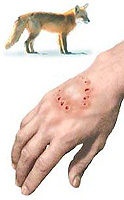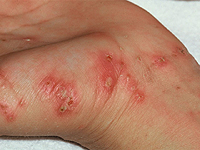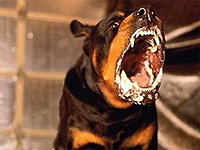Disease of roses lovers, behind this beautiful name hid a chronic infectious disease of the skin and lymph nodes caused by fungi.
Content
Spotrichoz - chronic subcutaneous micaosis caused by the Sporothrix Schenckii fungus and flowing with leather damage and subcutaneous fiber; Characterized by an ulcerated nodes in the course of lymphatic vessels, less often arises the defeat of muscles, bones, internal organs, nervous system.
The fungus is isolated from the soil, rotting organic residues and from the surface of plants (for example, rose spikes). The disease occurs after hitting the fungus to wounds at various injuries, most common among farming workers and amateur gardeners.
Risk factors
There are risk factors
- People associated with plants
- Working with hay or the use of garden inventory
- Pets (known cases of infection when caught by cats)
- Immunodeficiency states
- Alcoholism
Manifestation of pipelice
Lesions are located on rusts, feet, forearms and face. From the moment of getting to the development of the disease (incubation period) passes from 1 to 12 weeks. First appears - a small movable painless pink subcutaneous nodule, gradually increasing in size, after a while, ulcer is revealed and formed. After a few days or weeks, subcutaneous nodules are detected along the lymphatic vessels. Numerous uluses can be formed throughout the body.
Breaths may be affected (cough cough appears, there is a damage to lymphatic nodes near the bronchi, pneumonia arises), the bone-artistic system (the bone tissue and bone marrow is affected - osteomyelitis, inflammation of the joints - arthritis) or in rare cases of brain shells - chronic lymphocytic meningitis.
Research methods
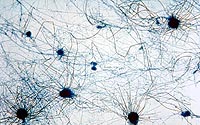 Learning using a microscope sputum / bronchoalveolar wash, blood, purulent discharge, pieces of affected fabrics
Learning using a microscope sputum / bronchoalveolar wash, blood, purulent discharge, pieces of affected fabrics
Cultural diagnosis with sowing material (sputum / bronchoalveolar wash, blood, purulent discharge, pieces of affected fabrics). Sowing, or culture method. This method in laboratory diagnostics is considered «The mostst». Still called the Gold Standard. Its meaning is that special nutritious environments suitable for the growth of microorganisms are placed in the patient's material. After a day on the nutritional substrate grows a colony of microbes. After 7-10 days, when the number of microbes increases, the laboratory assumes what infection «grew». In appearance, color, form and consistency of this colony can be accurately identified by the pathogen.
Histological examination Slices of affected fabrics. Histological examination – This study of tissues to identify changes characteristic of the causative agent.
Radiographic research and computer radiography of the chest organs in order to establish the presence of damage to the lungs, bones and joints (with appropriate lesions).
Bronchoscopy With the receipt of bronchoalveolar flush for microscopic and culture. Bronchoscopy – Inspection of the larynx, trachea and bronchi from the inside with the help of a special optical apparatus – Bronchoscope (flexible elastic long tube with optical system), which is introduced through the nose (sometimes through the mouth), usually in the sitting position under local anesthesia.
Treatment of spiderhost
Antifungal preparations for systemic use inside. If the treatment does not help, then the treatment of pulmonary processes after 6-12 months of therapy may require operational treatment.
During the damage to the bones, bone residues are removed during the damage to the bone and bone marrow fabric, and during the damage to the joints - the sections of the shells of infected joints.
Prevention
- Protection against injuries of skin under gardening.
- Precautions when communicating with infected materials (medical, laboratory workers).
- Timely replacement of wooden fixtures in mines and.


